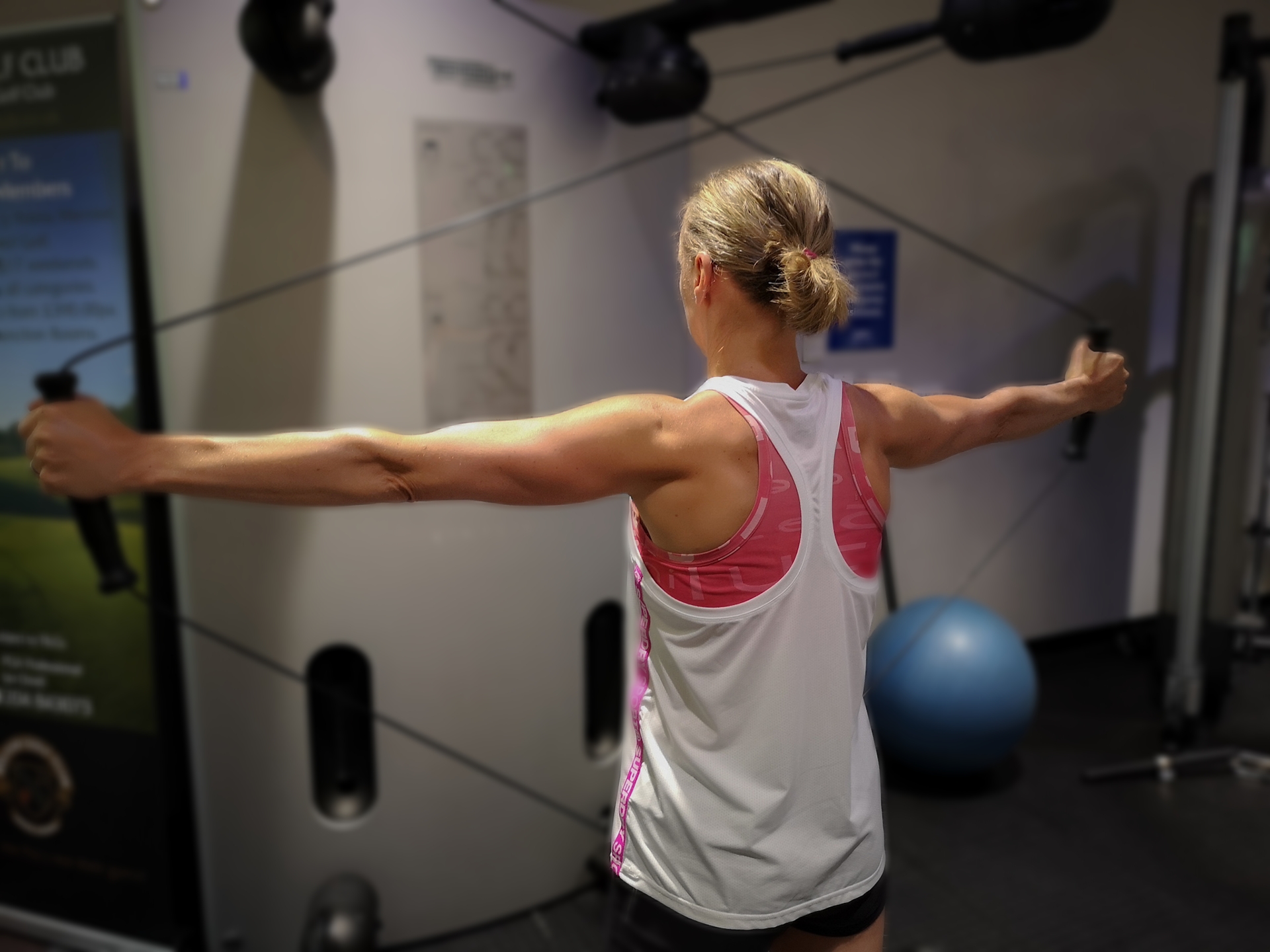Skiing Movement Control is the focus of our latest blog, we take a look into some of the basics behind planning your training to suit your upcoming ski trip. Not only can you work towards preventing any unwanted injuries you can also influence your performance on the slopes. For many people winter is their favourite time of year the festive season has come and gone and the skiing season is just around the corner. Now is the perfect time to start conditioning your body for your favourite winter activity.
Skiing Movement Control – A Proactive rather than Reactive Approach
The huge increase in the number of skiers and snowboarders has resulted in an increase in the number of musculoskeletal injuries requiring medical attention, not to mention muscular strain and soreness which doesn’t result in medical care. The chances of injury during skiing exceed football.
Good physical conditioning is important to prevent joint injury as well as muscular strains and soreness. A major factor causing ski injury is fatigue; we’ve all felt tired after a day on the slopes and just thought “let’s catch one more lift before the day is over” only to result in a normally preventable fall. Skiing is probably the sport in which the largest proportion of people who participate, especially adults, do not condition themselves prior to the activity.
If you want to get the most out of your trip, here are some very simple ideas to help you develop your own winter sport conditioning program.
To get the most out of any conditioning program, you must first identify the movement patterns then master them by developing adequate movement control and strength training within those specific movements.
All movements, regardless of the sport or activity, can be broken down into component movements. Think about downhill skiing, for example. You spend a great deal of time with your feet parallel while lowering your body toward and away from your feet to absorb shock and carve turns. This is squatting!
In addition you also have to turn while skiing creating a rotational pattern. And the use of poles, particularly for downhillers, requires that you perform pulling movements with your arms while maintaining balance on your feet.
A Swedish study in 1999 found a marked dominance of eccentric over concentric muscle actions in elite downhill alpine skiers. (Eccentric muscle contraction is when the muscle is active but lengthens under a load). Think of concentric strength as the strength you use to stand up from the bottom of a squat, or hike up a steep hill. Eccentric strength you use to lower yourself into the bottom of the squat, and hike down a steep hill. Eccentric strength absorbs the forces during skiing.
The Summit Approach
We have shown that the main movements to control are squatting and rotation; this is what your conditioning program should be focussed around. Also as alpine skiing demands eccentric leg strength, it is vital that this plays a part in your plan. At Summit we would break this down further into low threshold (alignment and co-ordination) and high threshold (strength and speed) training to maximise your winter trip.
For more information, or to discuss this further, contact a member of the team.
References:
Conditioning for Skiing and Ski Injury Prevention
Eccentric Leg Strengthening for Skiing
A Method to Help Reduce the Risk of Serious Knee Sprains Incurred in Alpine Skiing
Berg HE, Eiken O (1999) Muscle control in elite alpine skiing. Medicine and Science in Sports and Exercise



